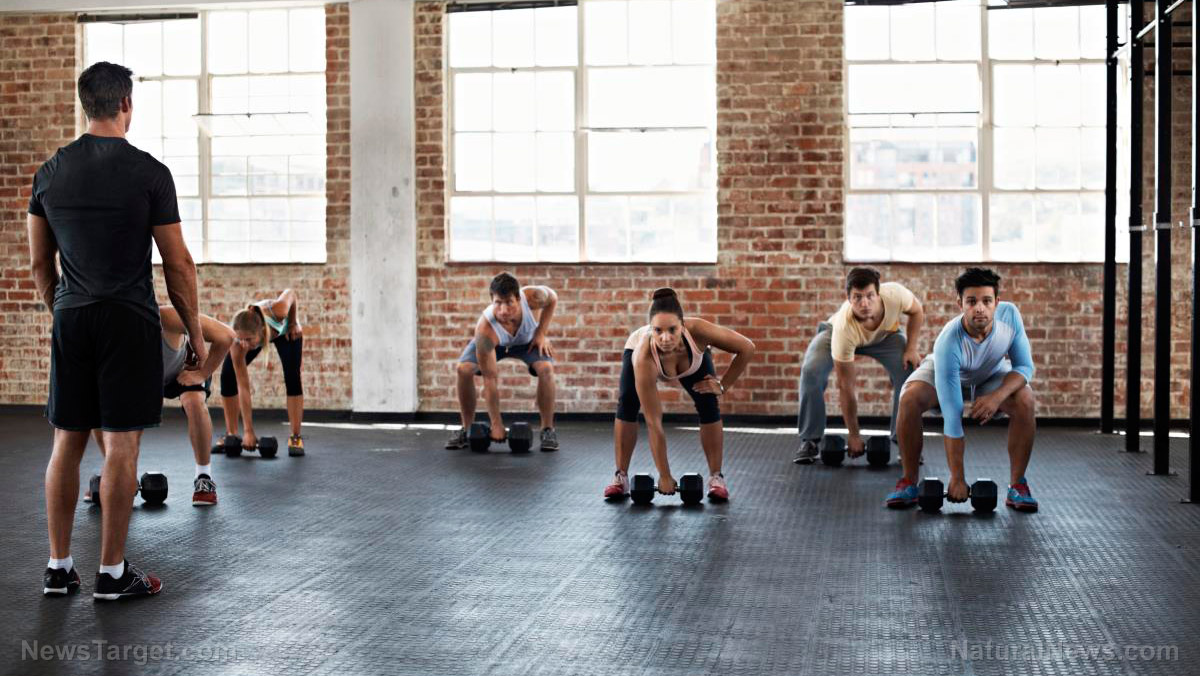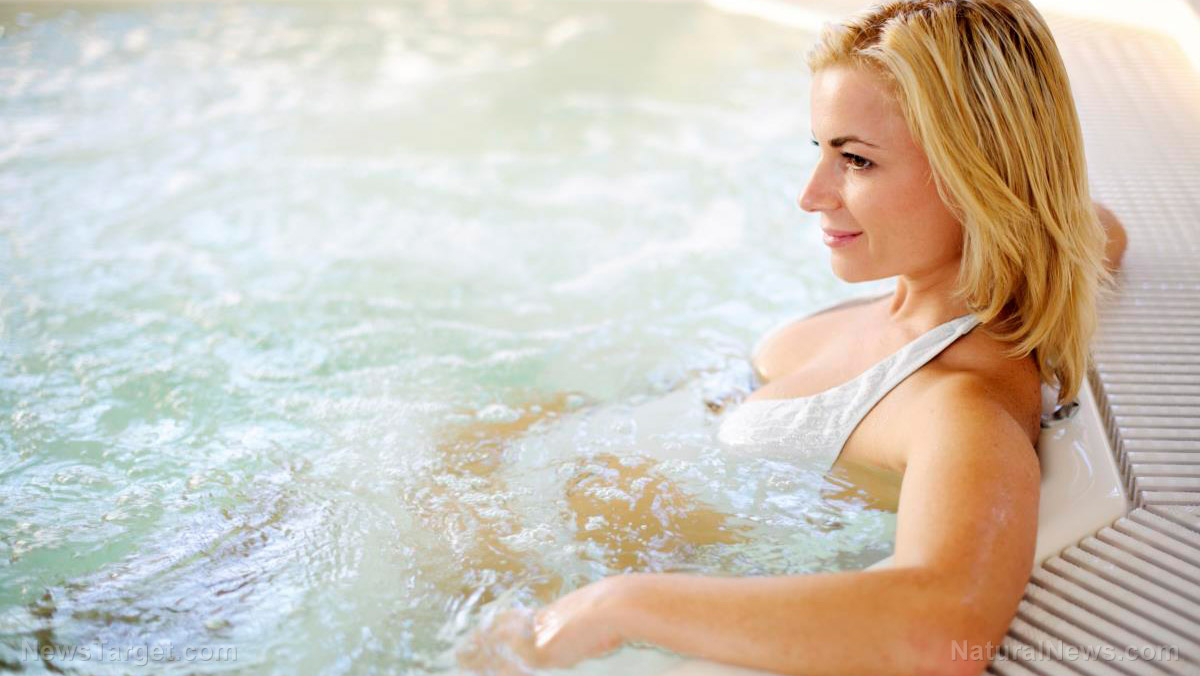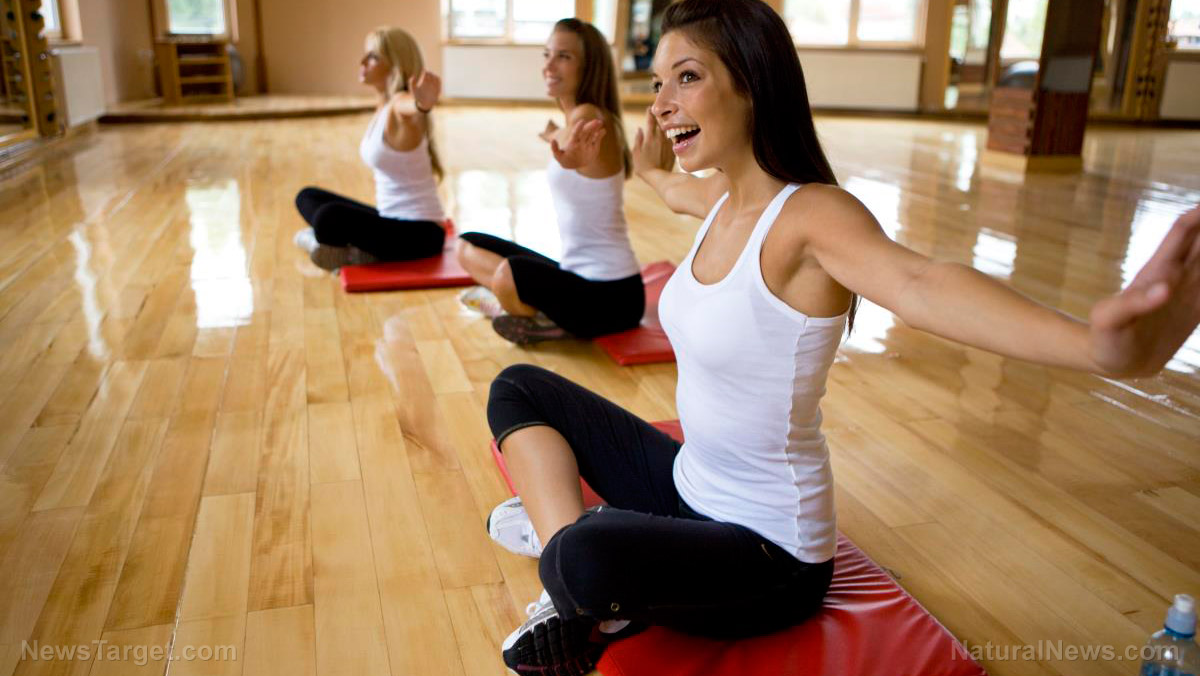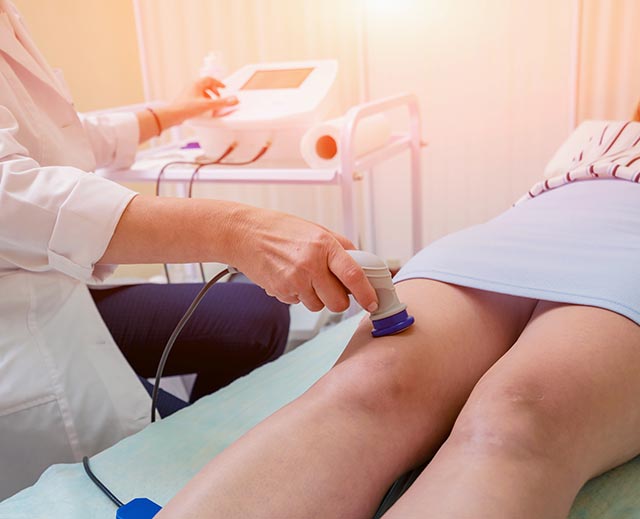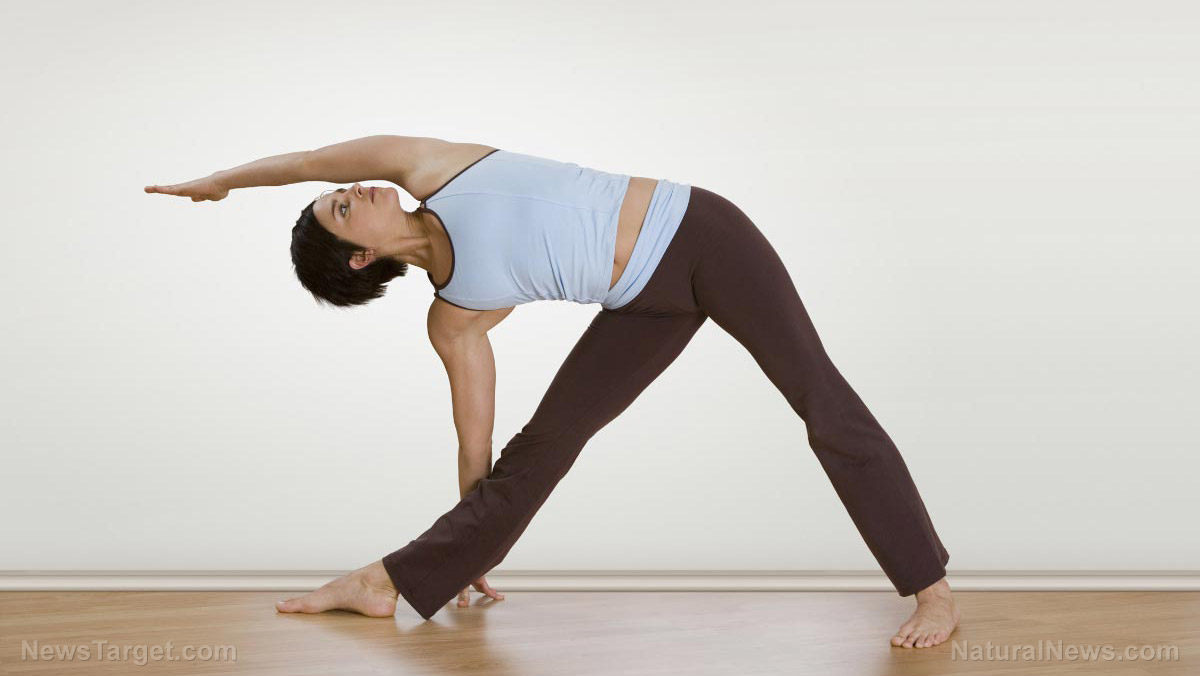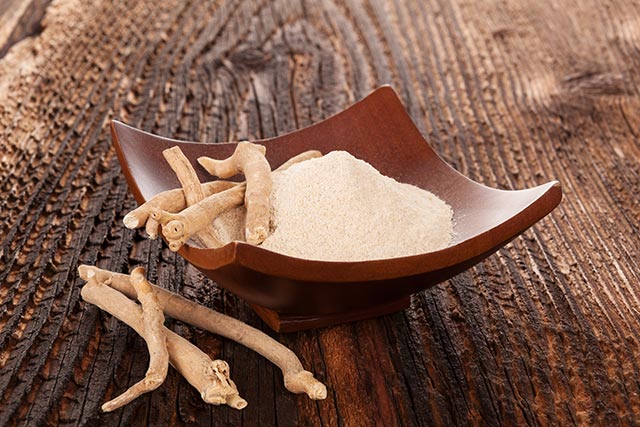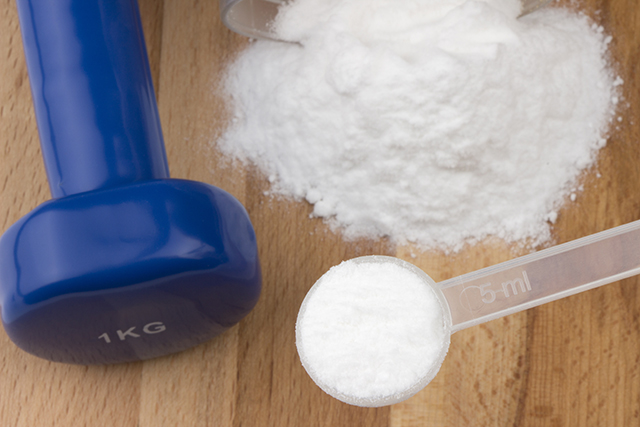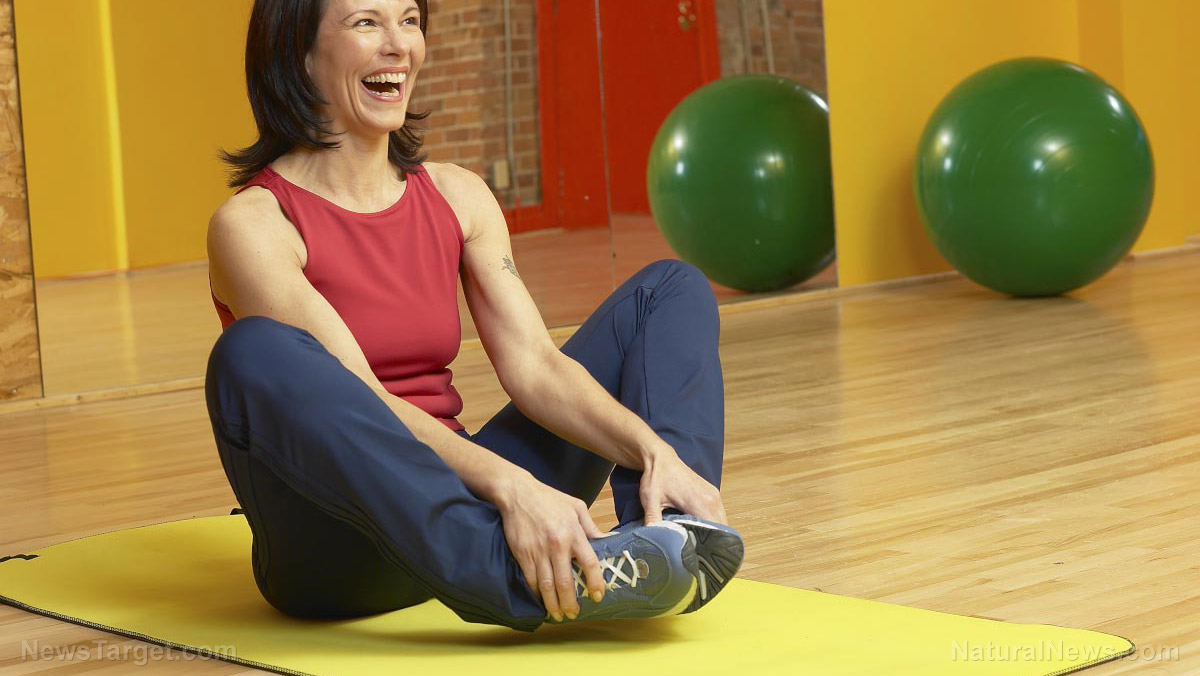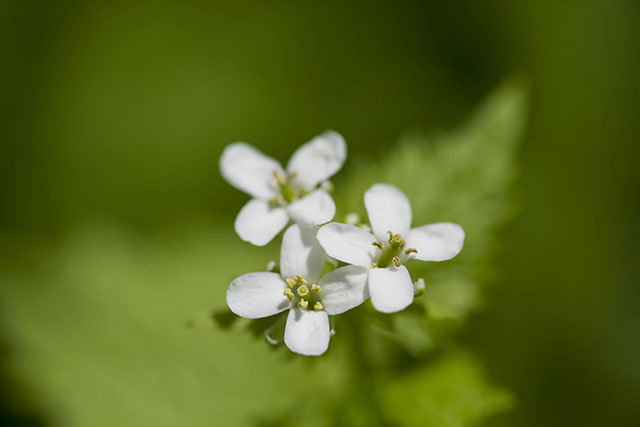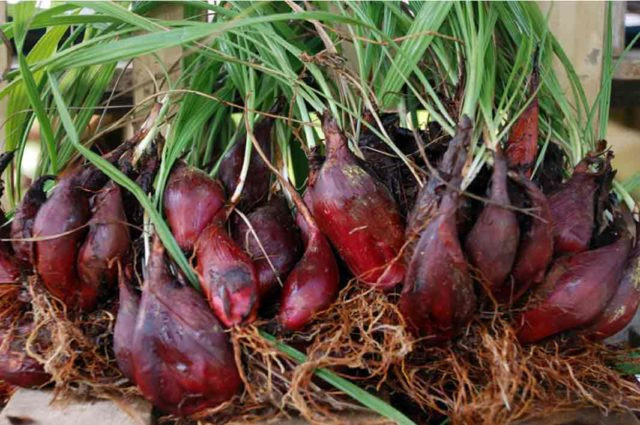The up-side of chores: Daily physical activity, such as house-keeping, found to prolong life for older women
11/25/2017 / By Michelle Simmons

Household chores may not be the most exciting thing to do, but there is an upside to all of it. A new study finds that simple household chores like washing the dishes and folding the laundry may increase your chance of living longer.
In the study, the researchers studied the data of over 6,000 white, African-American, and Hispanic women who were within the age range of 63 to 99 years when they took park of the ongoing Objective Physical Activity and Cardiovascular Health Study. The participants wore motion-sensing devices known as accelerometers for four to seven days to gauge their physical activity levels — daily movement patterns and intensity. Moreover, the researchers carried out a laboratory study in a subset of participant.
Results show that women who did light activities, like sweeping the floor or washing the dishes, everyday for 30 minutes had a 12 percent lower risk of death. Light activities accounts for at least 55 percent of how older people spend their everyday activities. On the other hand, those who did moderate to vigorous activity, such as biking and brisk walking, each day had a 39 percent higher chance of living longer. The findings of the study, which was published in the Journal of the American Geriatrics Society, indicates that even small amounts of exercise matter.
“Doing something is better than nothing, even when at lower-than-guideline recommended levels of physical activity,” said the study’s lead author, Michael LaMonte, research associate professor of epidemiology and environmental health in University at Buffalo’s School of Public Health and Health Professions in New York.
“This is remarkable because current public health guidelines require that physical activity be of at least moderate or higher intensity to confer health benefits,” he said.
LaMonte said that this is the first time that a study has shown the even physical activity levels below the guideline recommendations still provide health benefits in older women.
“Perhaps most importantly for this population, the mortality benefit was similar among women with high and low functional ability,” said lead investigator Andrea LaCroix from the University of California.
Even though the researchers concentrated on older women, they believe that their study sends the message to men and women the importance of developing healthy habits and physical activity in their younger years in order to more likely maintain them as they age. (Related: Physical Activity Improves Longevity: It is Never Too Late to Start.)
“These findings suggest that replacing sedentary time with light-intensity PA (physical activity) is a public health strategy that could benefit an aging society and warrants further investigation,” the researchers wrote.
Physical activity of individuals 65 years old and above
According to the World Health Organization (WHO), the physical activity adults aged 65 and over includes leisure time physical activity such as walking, dancing, gardening, hiking and swimming; transportation like walking or cycling; household chores; play; games; sports; planned exercise; or even one’s occupation if the person is still working. Physical inactivity is one of the leading cause of deaths globally. The WHO recommends these six tips on how to prevent health conditions caused by physical inactivity:
- Older adults should engage in moderate levels of physical activity for not less than 150 minutes a week or 75 minutes of vigorous physical activity or an equivalent combination of both.
- Aerobic exercise should be done in bouts with an interval of at least 10 minutes.
- For added health benefits, older adults can do double the minutes of physical activity needed every week.
- Physical activity improves balance and prevents falls; therefore, older adults with poor mobility should engage in physical activity for three or more days each week.
- Activities that strengthen the muscles should be done for two or more days per week.
- Older adults who cannot accomplish the recommended levels of physical activity because of health conditions should still be as physically active as their body and condition permits.
Find out more tips on how to live a longer life at Longevity.news.
Sources include:
Tagged Under: aging, elderly, geriatric exercise, household chores, longevity, older adults, older women, physical activity, physical inactivity

